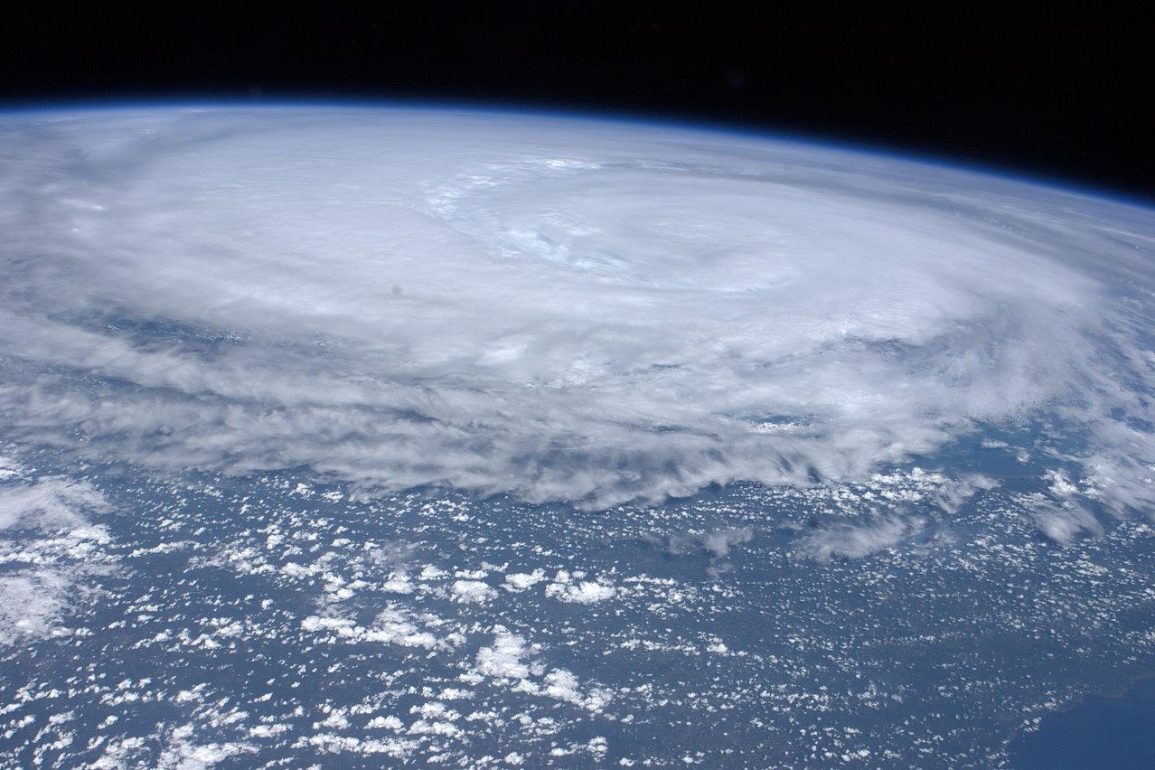Experts warn that the threat of tornadoes is intensifying due to more frequent and widespread weather conditions linked to global warming. As a result, regions that rarely experienced tornadoes are now facing their impacts.
In the past decade, the U.S. has seen a sixfold increase in billion-dollar severe storms compared to the previous 20 years, according to Climate Central. These storms, which produce tornadoes, have already caused at least 58 fatalities across 10 states this year, surpassing the average annual toll.
The rising number of tornadoes is attributed to the earlier start of the season and an expanding tornado alley caused by a warmer climate.
Walker Scott Ashley, a meteorology professor at Northern Illinois University, explains that tornadoes require moisture, instability, wind shear, and lift.

As global temperatures rise, the first two factors—moisture and instability—are expected to increase, leading to more frequent and intense tornadoes.
For example, an F-4 tornado struck Rolling Fork, Mississippi, in March, an area unaccustomed to such storms. The town, which hadn’t seen a tornado in over 50 years, was ill-prepared, with only one tornado siren that some residents did not hear. Plans are now underway to install additional sirens.
The expansion of tornado alley presents unique challenges, especially in areas like Mississippi, which has a high population density and significant socioeconomic vulnerabilities. Many residents lack insurance, which compounds the risk.
John Dickson of insurer Aon Edge highlights the growing focus on tornado alley for insurers due to escalating economic losses.
However, dwindling insurance capital is driving up prices and tightening coverage options. Global reinsurer capital fell by 17% in early 2022, leading to higher prices and reduced coverage, with some insurers, like State Farm and Allstate, pulling back from high-risk markets such as California due to wildfire threats.

